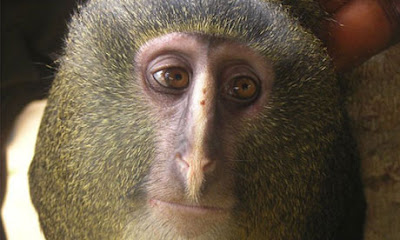Hartsdale Pet Cemetery in Hartsdale, New York, has been added to the U.S. National Register of Historic Places, and rightly so, as it is the oldest pet cemetery in the world. It all began when New York City veterinarian Dr. Samuel Johnson (1st image) allowed the burial of a client's dog in his apple orchard in
1896. He then devoted 3 acres of his property to honor similar requests and within the decade, had been written up in the New York Times:
"They came by carriage, which had drawn black curtains. It was a wet, gusty April afternoon, and little eddies of vapor glistened now and again. Four men filed from the carriage and huddled toward its rear, collars up, coats buttoned tight against the swirling dampness. They shouldered a small, wreath-covered casket and slowly marched into the cemetery. Two women walked behind, carrying flowers and weeping silently. They were burying their dog. There was no officiating clergyman; no services at the grave. The whole ceremony lasted only about five minutes, and yet it was a remarkably fine funeral."By 1914, 1,000 pets were interred in what was formally incorporated as Hartsdale Canine Cemetery (video here). Now more than a century after the interment of that 1st dog (2nd image, photo by Natalie Maynor), 75,000 other animals have been lovingly laid to rest: dogs, cats, horses, monkeys, rabbits, guinea pigs, goldfish, snakes, iguanas, parakeets, a lion cub...and the cremated remains of 700 pet owners (until the practice was discontinued).
__________
Other cemetery posts:









































